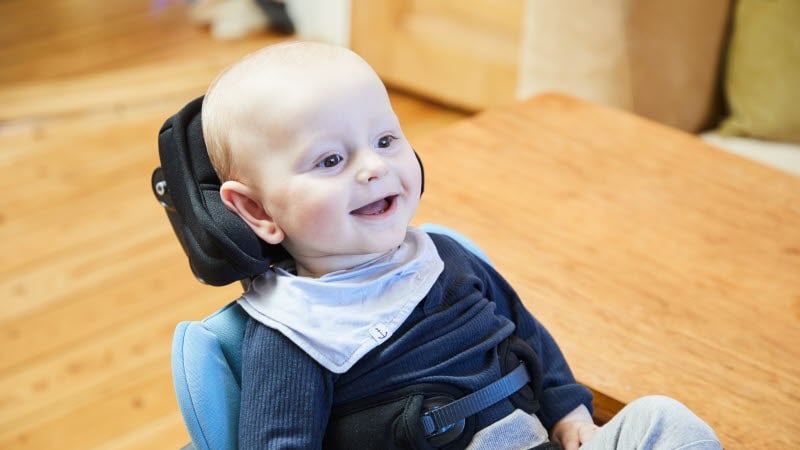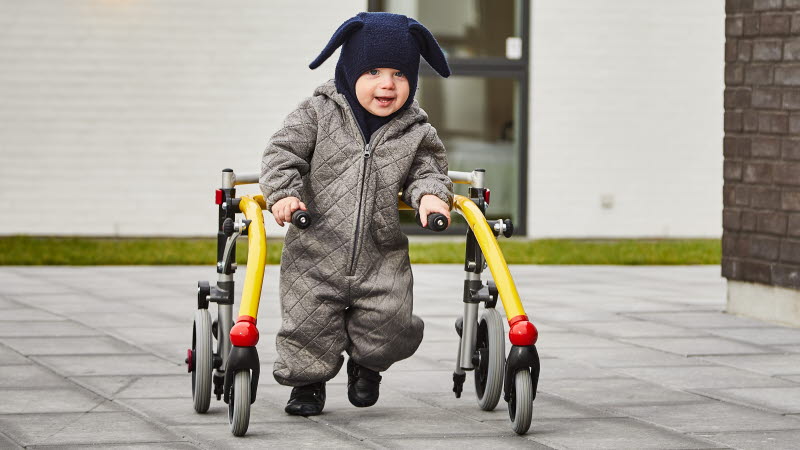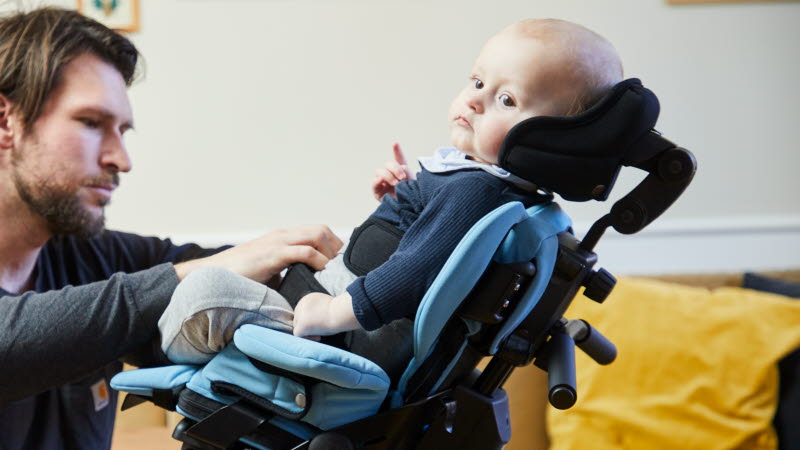
Early childhood development is a crucial period that significantly impacts a child's cognitive, social, emotional, and physical growth. It is a crucial time and extremely important. Adequate nutrition, warm and responsive caregivers, and play opportunities are some of the critical factors that promote development in children. During the first few years of life, children experience notable development in gross and fine motor function, communication, and social competencies. This impressive development is due to the brain's ability to reorganize itself through neuroplasticity, forming new neural pathways throughout life.
Neuroplasticity is most pronounced in the first 2-3 years of a child's life, allowing for rapid development. These first years of early childhood development are the best years for early intervention. As such, children who are at risk of a having disability or are already diagnosed with a disability can benefit from early intervention during their infant and baby years.
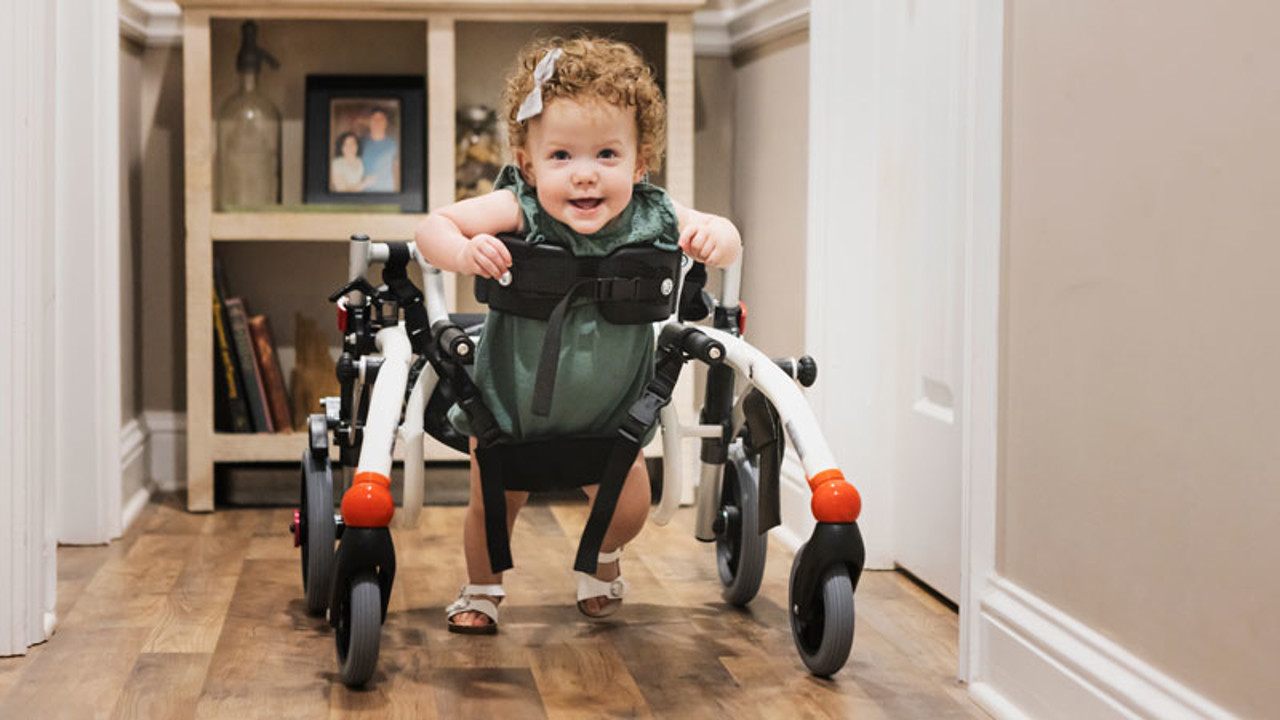
Understanding neuroplasticity and milestones in child development
At birth, a child's brain contains many neurons, but few pathways or connections between them. These pathways are created as the child engages in all kinds of activities as the pathways are created in all areas of the brain whether it is areas for emotions, gross or fine motor skills, speech, or any other area in the brain. The more a child practices a skill, the more resistant the pathway becomes, making the task easier to execute. The pathway starts as a little trail and ends up like a highway when the task is automated. This is due to the neuroplasticity of the brain. The brain has neuroplastic abilities all through life but is more pronounced in the early childhood.
As children engage in activities, they reach defined milestones in different areas of development. While the time frame may vary, the majority of children achieve these milestones within a certain period. Children at risk of disabilities or those who have already been identified as having one may be delayed in reaching these milestones.
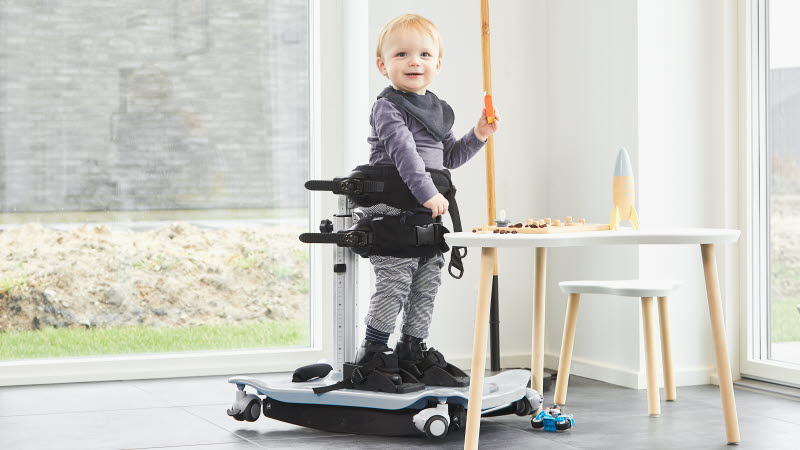
The role of assistive devices in supporting early childhood development
Assistive devices can support children who are delayed in reaching milestones for gross motor function. These devices can compensate and support the child in different positions, making it easier to play with toys, participate in activities, and engage with family and friends. For example, if a child has difficulty maintaining a seated position, it may be difficult to practice reaching for a toy, grasping it, and playing with it.
In conclusion, early intervention is crucial for promoting healthy development in children, and understanding neuroplasticity and using assistive devices can significantly support a child's development. By taking advantage of the brain's ability to reorganize itself, we can help children reach their full potential.
Our Early Intervention Infographic provides an overview of when to consider using assistive devices for sitting, standing, mobility, toileting, and bathing. By providing children with assistive devices early on, we can support their continued development and help them reach their developmental milestones.
Related products
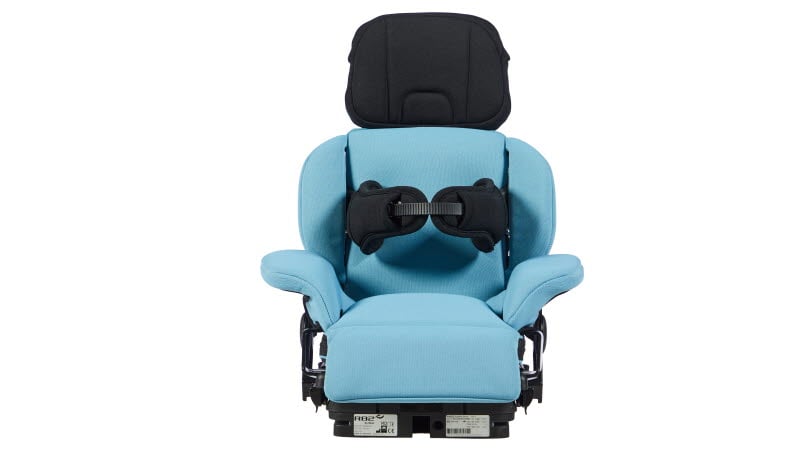
R82 x:panda shape
The x:panda shape is highly configurable and provides tailored support to fit the individual needs.

R82 Meerkat
The Meerkat is a simple upright standing frame with adjustable support for feet, knees, pelvis and chest.
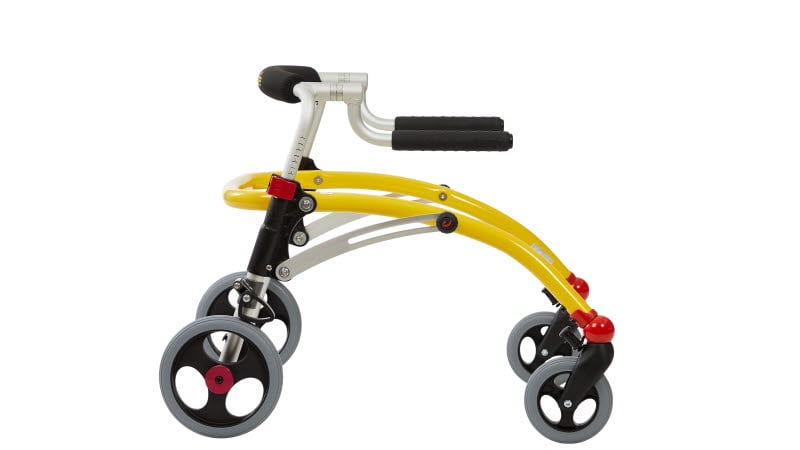
R82 Crocodile
The Crocodile is a walking aid for children and youngsters with disabilities, who need supplementary assistance with their daily walking.
